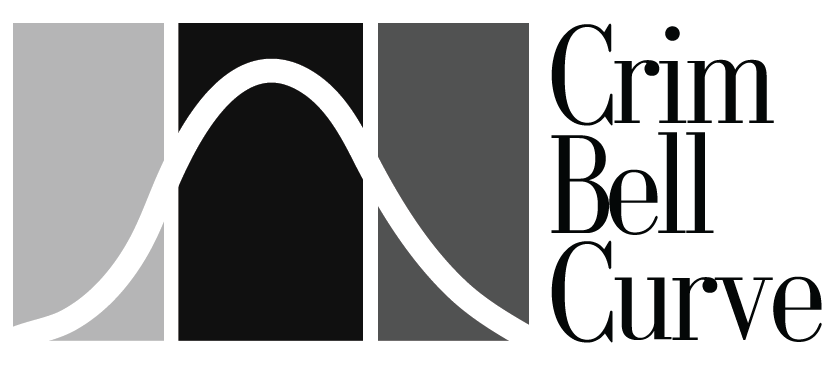How do you make a liberal arts college even liberal artsier? Choose an interdisciplinary major.
These maps show, by major, in which buildings you’ll be taking classes and thus, the diversity of requirements for each major. The buildings marked in orange are the ones which house required classes for that major. The darker the marker, the more interdisciplinary the major.
If you’re looking to take classes in several departments, for example, English may not be a good choice. As you can see from the map, English majors could graduate with a bachelor’s degree having taken major courses only in the English department. Without General Education Requirements or a major or minor in another subject, the study of English would be a narrowly focused field. This isn’t necessarily a bad thing, but it is something to keep in mind when choosing your discipline.
If you want to graduate in the style of a Renaissance man, consider a major where you’ll be taking classes in at least seven or eight different departments. Majors such as environmental science and policy will cover a lot more ground, both physically and academically. This major even has a class in the Marshall-Wythe School of Law; not many majors can boast a class in advanced law. If your desire is to become a literal Renaissance man or woman, Medieval and Renaissance studies is not a bad place to start, with classes in eight different academic buildings, signifying a wide range of thought for this small major.
We also hope that these maps can be useful during registration season. Not many people would choose to walk from Morton Hall to the Sir Christopher Wren Building (or jog, as the case may be) in only ten minutes. These maps could help you strategize your major classes to avoid having to arrive two minutes late, wheezing and flustered, to your religion and ethics class every week. Not that you should choose your major based on the building, but it is useful to know the amount of time public policy majors spend in Morton. Many people have a perfectly understandable aversion to that building in particular, so knowing that three-eighths of the requirements for a public policy major are in Morton is useful information. However, public policy demonstrates one of the most varied majors at the College of William and Mary, with an impressive span across departments.
While not all classes for each major are located in their respective departmental buildings, these maps represent the diversity of subjects you are exposed to based on your major. Whether you’re still choosing from the smorgasbord of majors here at the College, or you’re already committed to your discipline, knowing the scope of your major is an important part of attending a liberal arts college.

